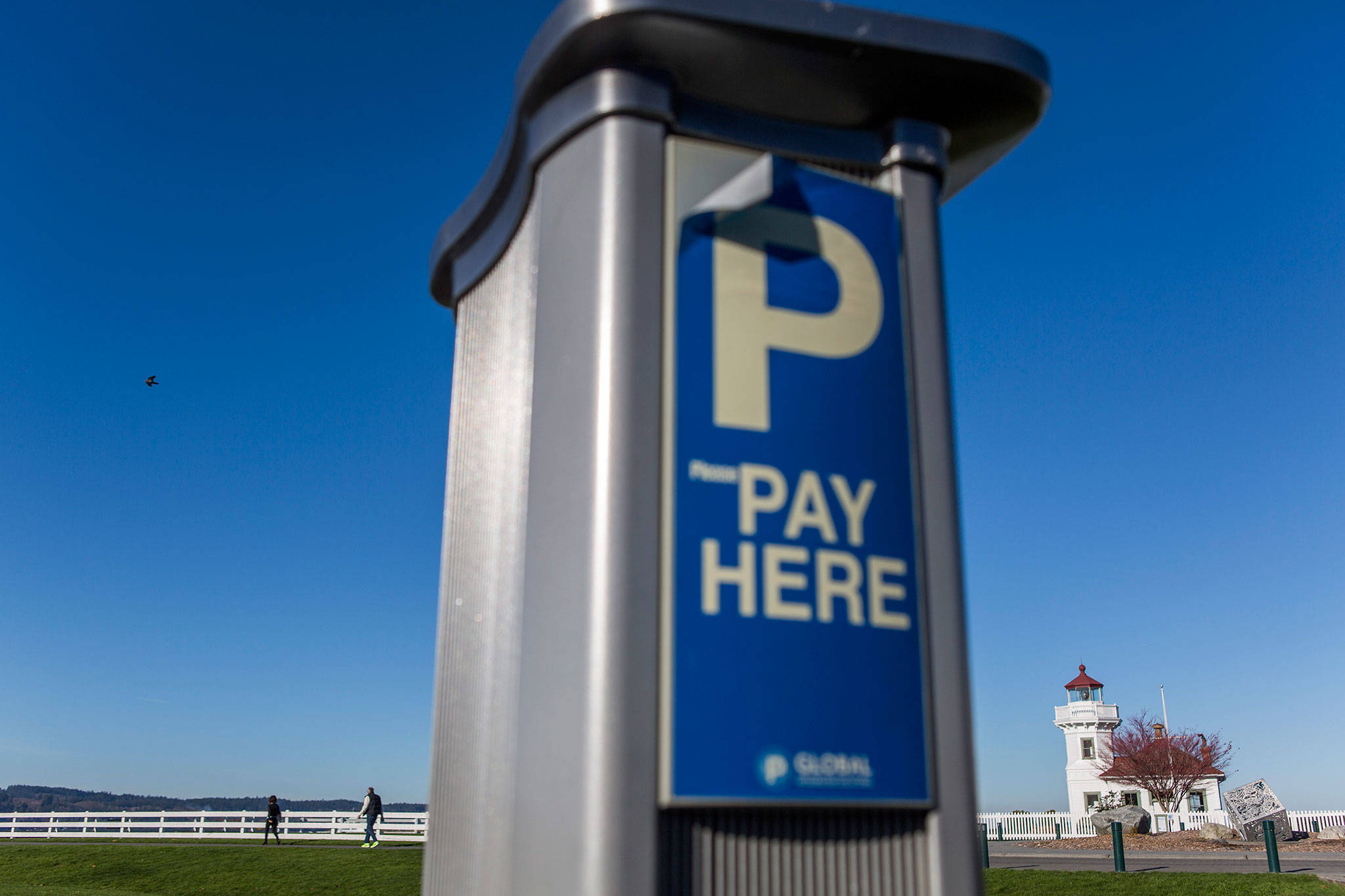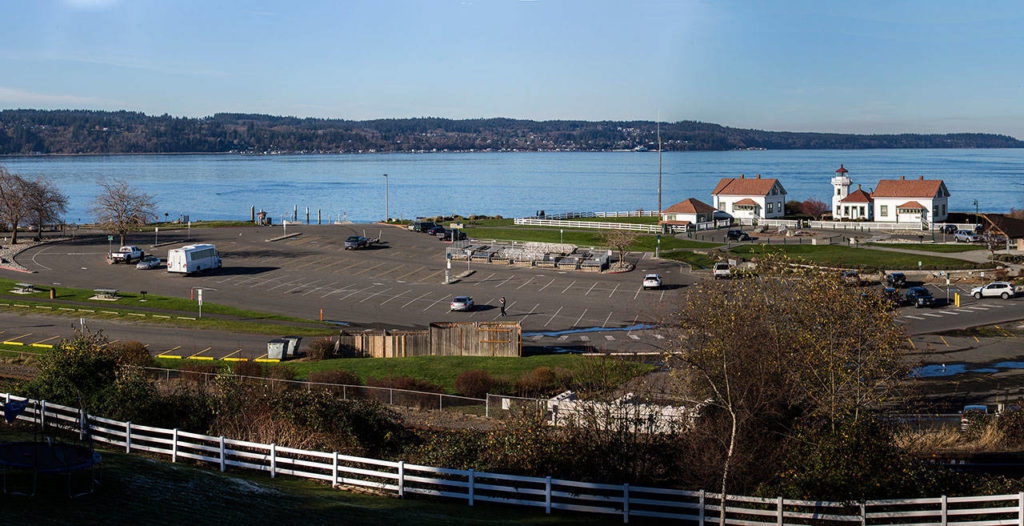MUKILTEO — It’s one of the prettiest places in Snohomish County.
But first you have to park. That’s a lot easier to do in December than in July.
The paid lots at Lighthouse Park brought in $261,926 in the first nine months of 2018, according to data obtained by The Daily Herald. All of the parking revenue is supposed to go back into the park or waterfront redevelopment.
“So far we’ve just spent it on the park,” Mukilteo Mayor Jennifer Gregerson said.
Last week, the City Council decided to tack another quarter onto the fee, bringing the cost to $2.25 per hour. The change goes into effect Jan. 1 and is meant to recover the costs associated with credit card payments. The council’s vote was 4-2, with one member absent.
Looking at the numbers, which are public record, July was the busiest month, at $63,124 — more than 10 times that of January. The highs and lows vary with the weather, though.
The city of Mukilteo added the paid parking for nonresidents in 2015, citing traffic problems and visitors hanging out all day. As part of the move, the city also made it cost money for nonresidents to park at nearby Front Street, Park Avenue and First Street.
At the time, the city projected it would make between $215,528 and $441,056 per year by the fifth year. That’s proven true at Lighthouse Park alone. The rest of the paid parking brought in $110,310 this year through September, with most of that from Front Street.
Of course, Saturday and Sunday are the most popular days, totaling 42 percent of the collected fees.
As for enforcement, the city last year wrote an average of 7½ parking tickets a day. That’s jumped to 10½ daily in 2018. Tickets city-wide brought in $72,872 last year, and the total for this year surpassed that amount by October. Most of the fines are for $30.
“It’s not a punitive system,” Gregerson said. “That’s not the goal.”
In 2018, the city moved the parking revenue into a special waterfront fund, which pays for maintenance, such as landscaping, and park rangers, whose job includes education and outreach. The fund also draws fees from the boat launch and commuter parking.
“We were accounting for the expenses, but this makes it more obvious” how the money is collected and spent, Gregerson said.
This year, the city allotted $647,500 for issues related to waterfront parking. Of that, $423,100 is for staffing and benefits. Another major cost is bank fees, at $72,000. The rest goes for other supplies and services.
The city’s plan remains to break even on charging for parking, the mayor said. Mukilteo took over the property from the state in 2004. Nearby is the ferry terminal that is getting replaced by a new model, eventually.
And the past 3½ years of data have shown that people will indeed scrounge up a few dollars to hang out overlooking Possession Sound and maybe grab a chowder at Ivar’s, or a thin-crust chicken bacon pizza with apricot porter barbecue sauce at Diamond Knot.
Rikki King: 425-339-3449; rking@heraldnet.com; Twitter: @rikkiking.
Revenues for the city of Mukilteo’s paid parking program, which totals 370 spots
2015 (Starting in June)
Lighthouse Park: $182,358
All waterfront parking: $259,885
2016
Lighthouse Park: $292,789
All waterfront parking: $443,909
2017
Lighthouse Park: $280,469
All waterfront parking: $421,966
2018 (through September)
Lighthouse Park: $261,926
All waterfront parking: $372,236
Talk to us
> Give us your news tips.
> Send us a letter to the editor.
> More Herald contact information.


























